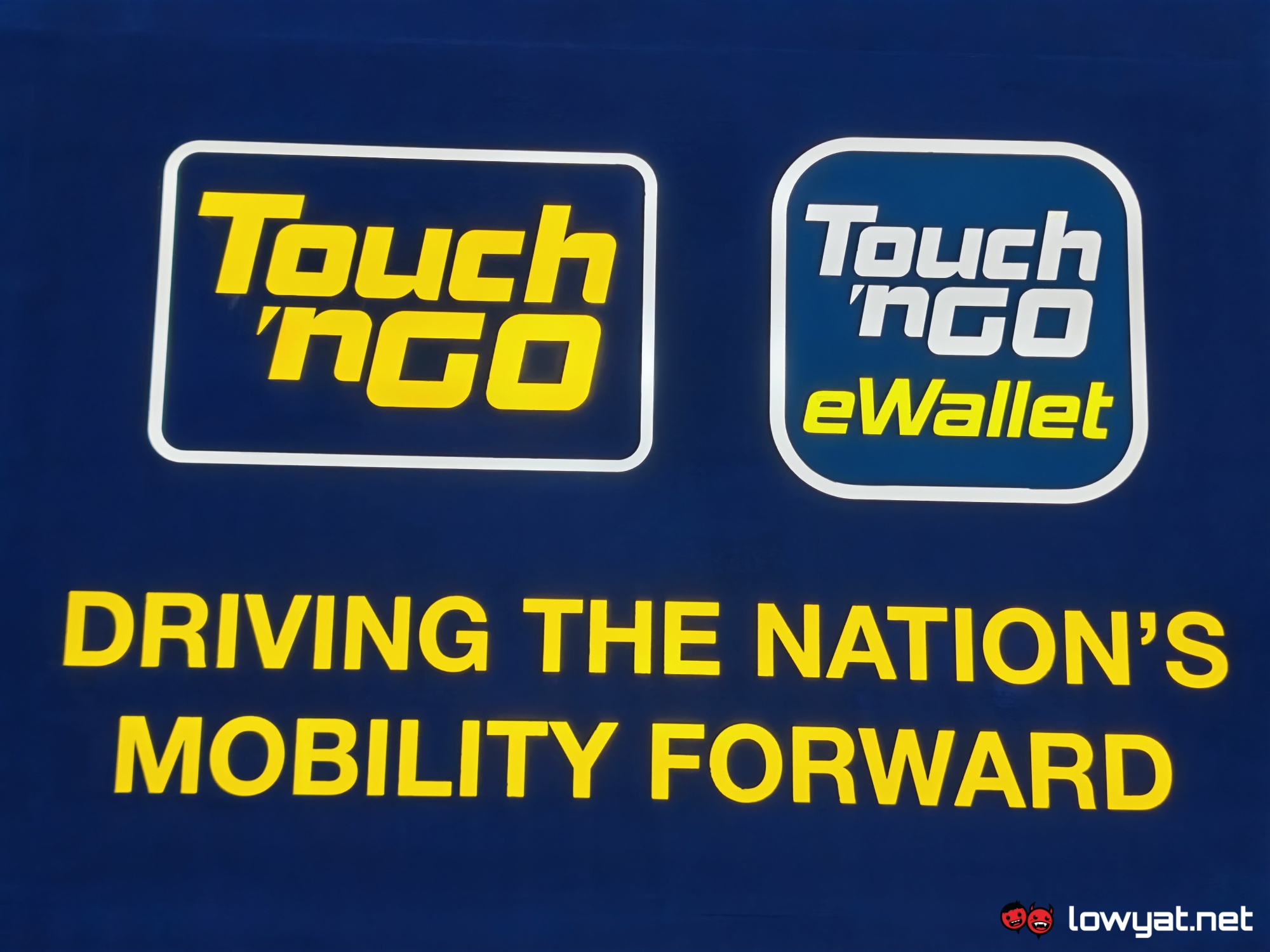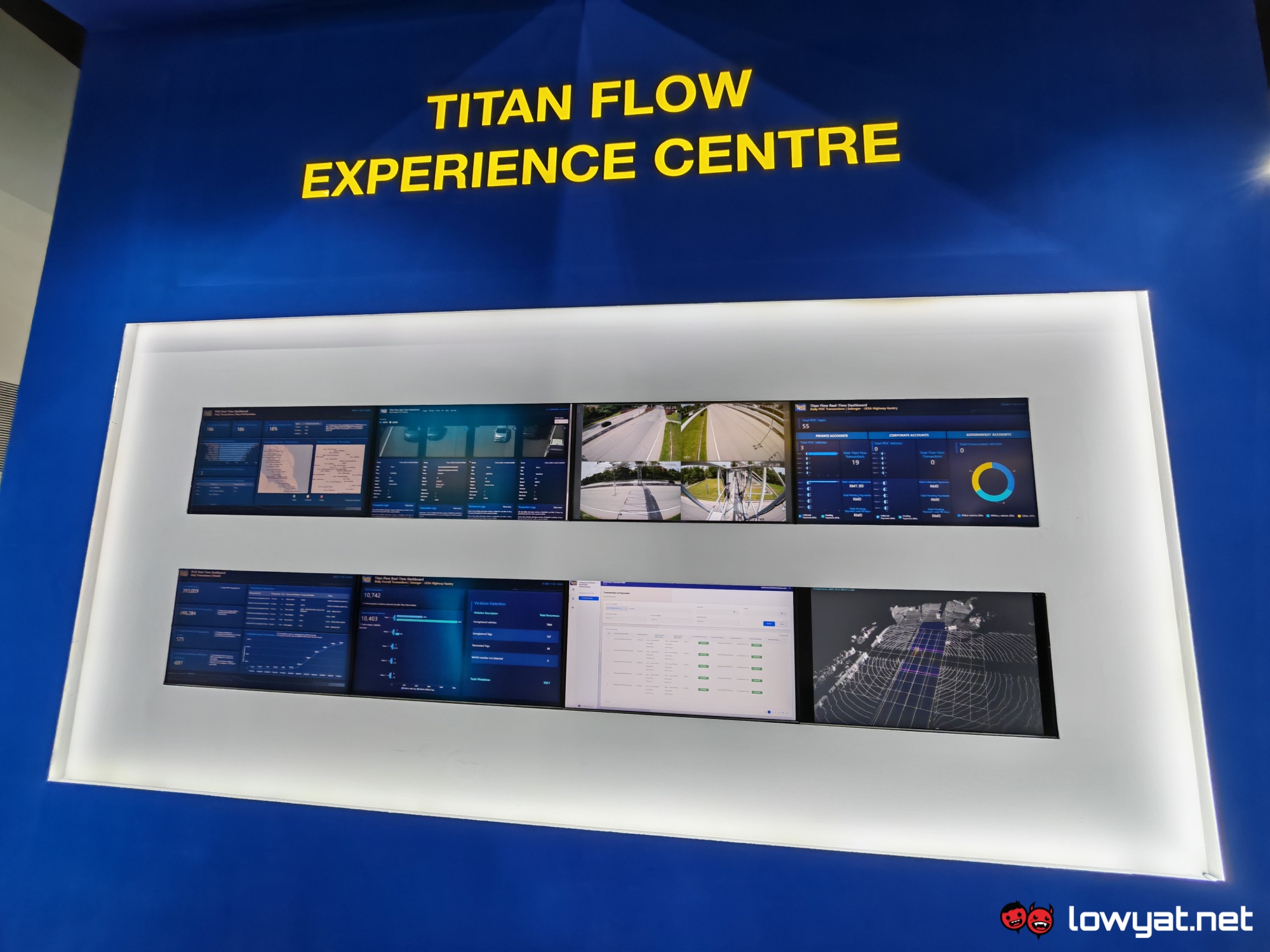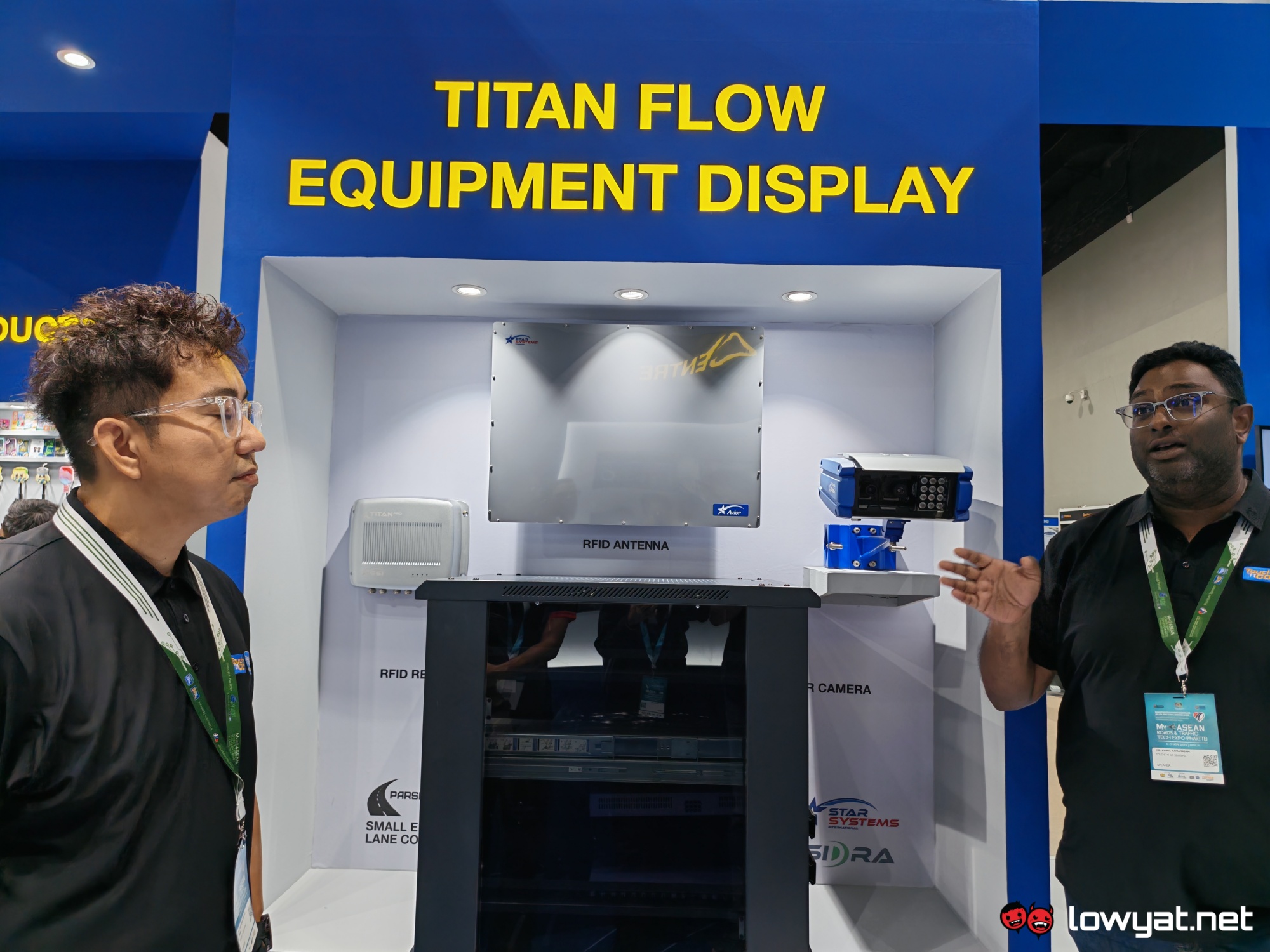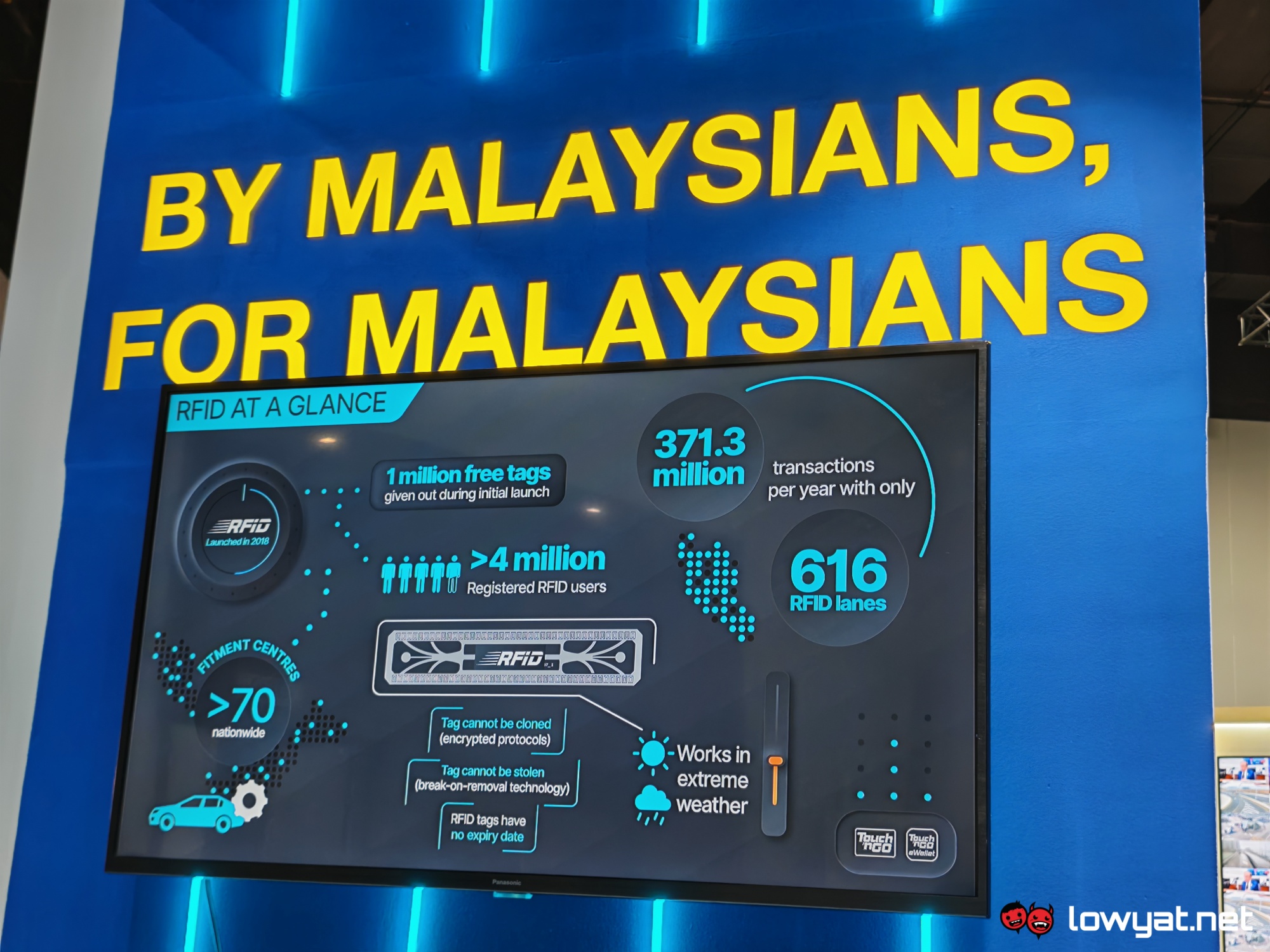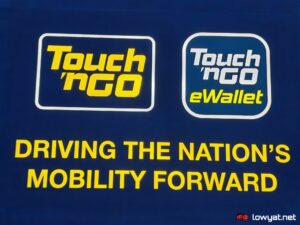As we’ve previously covered, Touch ‘n Go (TnG) recently showcased its next-generation open payment mobility ecosystem at the MY-ASEAN Roads & Traffic Tech Expo (My-ARTTE) 2025. During the event, the company invited members of the media for a tour on its innovations in tolling technology, namely the Multi-Lane Fast Flow (MLFF) system.
During the presentation, TnG Head of Product Kunil Ramanajam and Chief Technology Officer Desmond Chin detailed some of the key developments, including the introduction of Radio Frequency Identification (RFID) in 2018. More recently, the company launched SOS Balance, which allows users with insufficient balance to pass through tolls and top up afterwards. Since its introduction, the feature has seen over 14 million users.
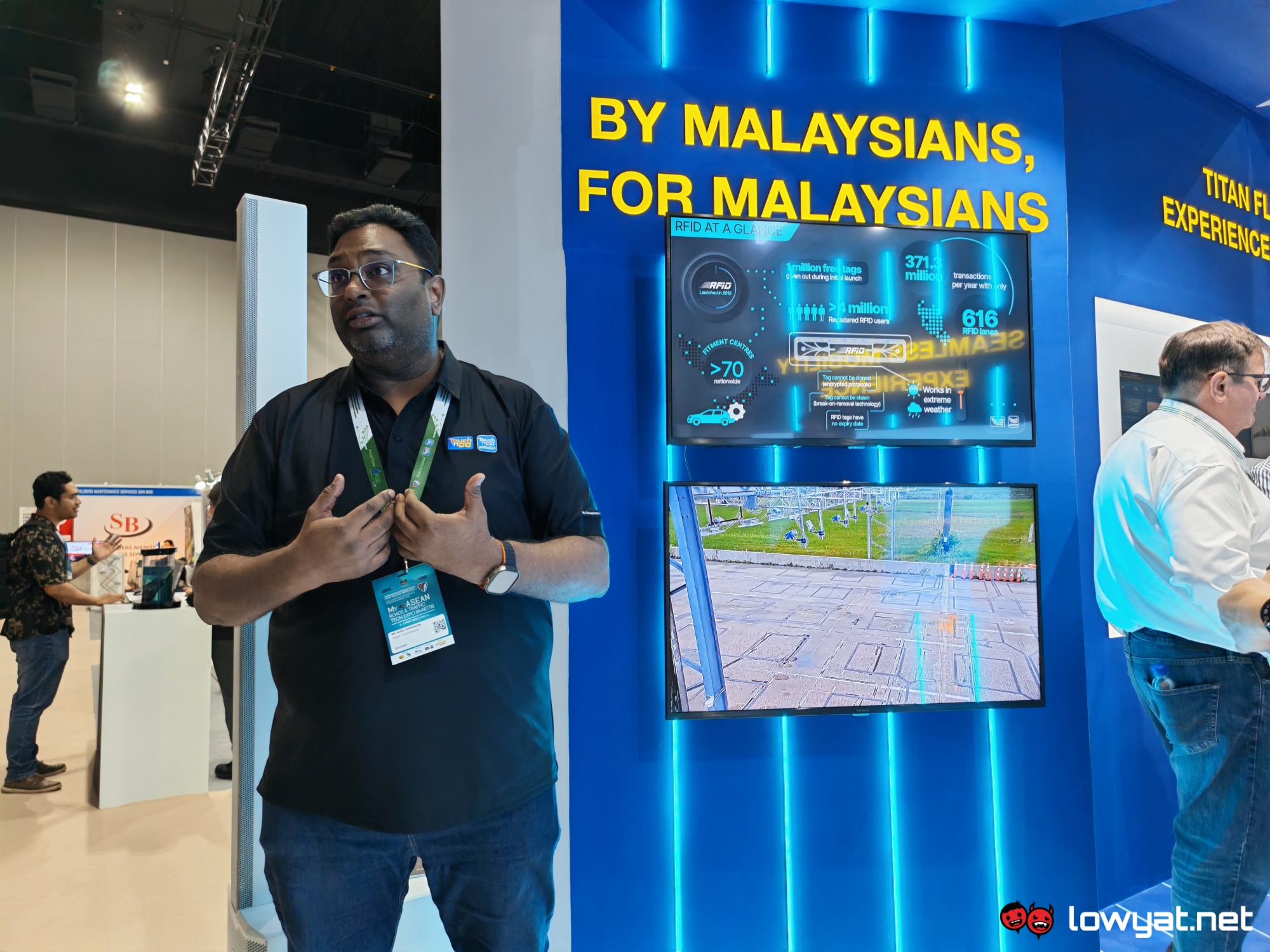
 Kunil explained that these technologies are built to support Single Lane Fast Flow (SLFF). This is a precursor to MLFF, utilising existing toll plazas. SLFF allows motorists to travel at up to 60km/h with uninterrupted detection. TnG went on to note that with the legal frameworks in place, the barrier can be removed for a seamless system without any plazas.
Kunil explained that these technologies are built to support Single Lane Fast Flow (SLFF). This is a precursor to MLFF, utilising existing toll plazas. SLFF allows motorists to travel at up to 60km/h with uninterrupted detection. TnG went on to note that with the legal frameworks in place, the barrier can be removed for a seamless system without any plazas.
This is, of course, the MLFF system, which TnG has been testing since November of last year at LKSA Highway. According to the company, the test serves not only to prove the technology, but to also determine the detection accuracy of its systems. Additionally, TnG intended to evaluate how it would utilise an existing gantry to fit the hardware for a seamless, unobtrusive design.
At the heart of the MLFF system is Titan Flow, a system that is “built by Malaysians for Malaysians”. The platform uses RFID as its primary means of detection, supported by Automatic Number Plate Recognition (ANPR). TnG says that Titan Flow can detect all vehicles with and without RFID tags. The system also uses LiDAR for quick and efficient vehicle classification, as it can determine the shape and height of passing vehicles. The system keeps track of transactions and violations such as unregistered vehicles and is ready for enforcement purposes.
On the hardware side of things, TnG collaborated with STAR Systems International (SSI). Naturally, this includes RFID antennas and readers, ANPR cameras, and a controller for recording the data. According to TnG, the system captures information from the moment the vehicle enters the detection zone until it exits.
Currently, the MLFF system uses four lanes, with each lane featuring two antennas and two cameras to ensure smooth operation. This ensures that the system continues to work if one of the equipment malfunctions. In the case of the cameras, one faces the vehicle as it approaches, while the other captures it as it leaves. TnG notes that it has tested the system with a vehicle moving at 168km/h.
Meanwhile, TnG has fitted the lane controller with its own redundancies. The device features its own fibre and can store data for up to two weeks. TnG explains that the combination of multiple systems have contributed to a 99.98% detection accuracy.
The company does note that there are some weaknesses in the detection system, namely with the ANPR cameras. While they are 95% accurate, the technology does struggle in some contexts. Some examples include extreme weather conditions where its vision is obscured. Fancy licence plates are another instance.
For now, TnG cannot offer a timeline for the implementation of MLFF, as the appropriate legal frameworks must be in place first. In the meantime, the company aims to be ready to introduce the technology when the time comes.
